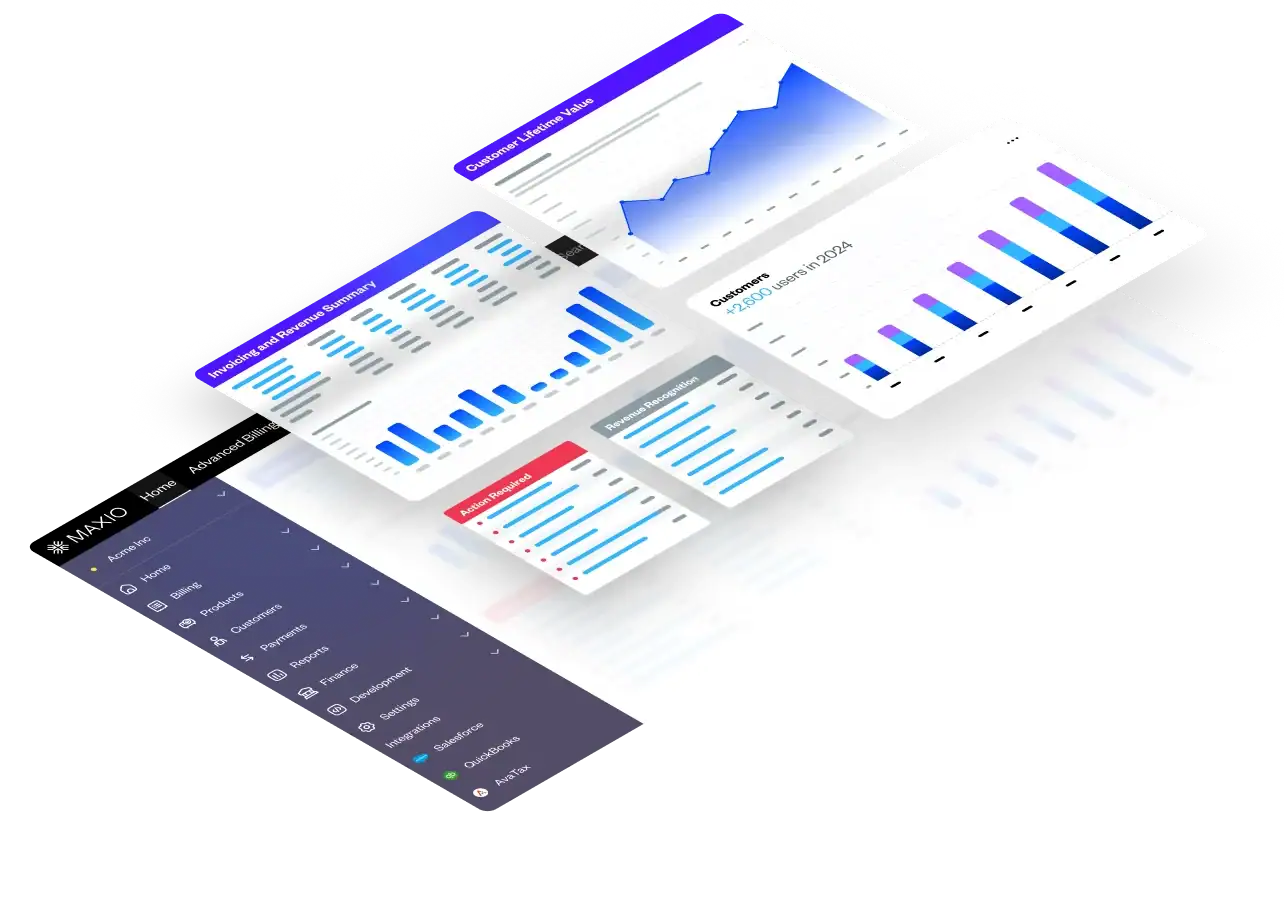What is Customer Lifetime Value (CLV)?
Like other SaaS metrics, Customer Lifetime Value can mean different things to different people. Taken literally, it would seem to imply a total of actual revenues minus expenses for a customer.
However, CLV concepts predate the emergence of the subscription model as a preferred software and content delivery model, and as such CLV has a well-understood and fairly ubiquitously accepted definition, which is not the literal translation.
Customer Lifetime Value (CLV) Definition for SaaS
CLV is an estimate of the projected total value of a customer over its lifetime.
The distinction being in the literal interpretation, you measure the actual revenue and estimate the costs, and in the commonly accepted definition, you attempt to estimate or project both the revenue and the cost to derive a net present value of the pre-tax contribution for a customer.
If you are using standard CLV measurements, don’t conflate the two measurements. Don’t add the historical actual numbers with estimated projections. In standard CLV, you use a mathematical formula to derive the present value of a customer.
So, how best to project the value of a customer? Seventh grade algebra holds the answer and it lies in the basic math applied to converging geometric series. If you can brush off the dust and remember some basic algebra, you should be able to follow these two wikipedia entries that explain it in sufficiently painful detail.
How to calculate Customer Lifetime Value (CLV)?
The challenge of course is not in understanding the algebra, but rather it is in the calculation of churn or renewal rate and the average MRR. Once you are able to accurately measure these numbers, a seventh grader can provide the CLV totals for you.
The CLV report is an out-of-the-box report at Maxio. But, that isn’t to say it was easy to develop, again largely due to the complexities of measuring churn and renewal rates in complex subscription businesses.

